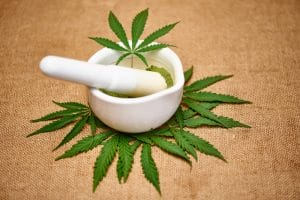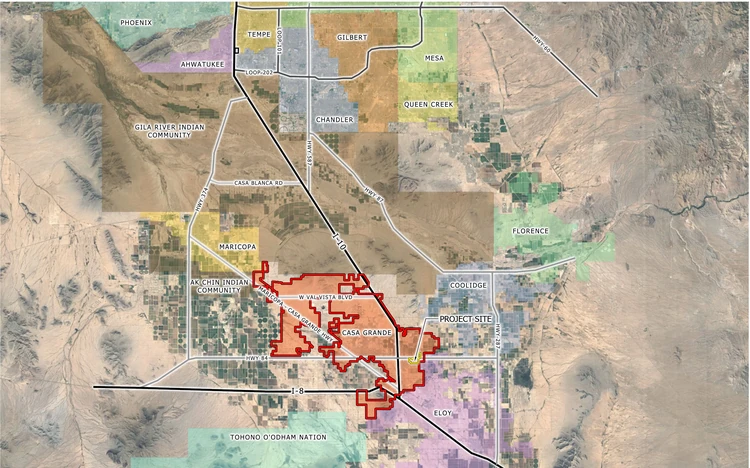
Middle Eastern countries figure the less oil they consume, the more they have to export
By Beboit Faucson
The Wall Street Journal
Middle Eastern members of OPEC are finally diversifying their energy base, pouring hundreds of billions of dollars into harnessing that other resource they feature in vast quantities: sunshine.
But it isn’t what you think. The Saudis, Abu Dhabi and Iran aren’t racing to burnish their green credentials by reducing their carbon footprints. They are investing in solar-power production mainly for one reason: to help them export even more oil and gas.
Like most countries, members of the Organization of Petroleum Exporting Countries rely on crude oil and natural gas to generate their own electricity for air-conditioning and other power needs. This reduces the amount of hydrocarbons they can sell abroad. During the summer the Saudis burn as much as one million barrels a day of crude oil—about 10% of their current production—for their own power consumption.
In a speech last year in Poland, Saudi Arabia’s oil minister, Ali al-Naimi, made it clear the world’s largest oil exporter aspires to be a solar powerhouse. “Oil is not the kingdom’s only energy wealth: Saudi Arabia is blessed with an abundance of sunshine,” he said, adding that such realities “make solar energy a natural, logical focus.”








